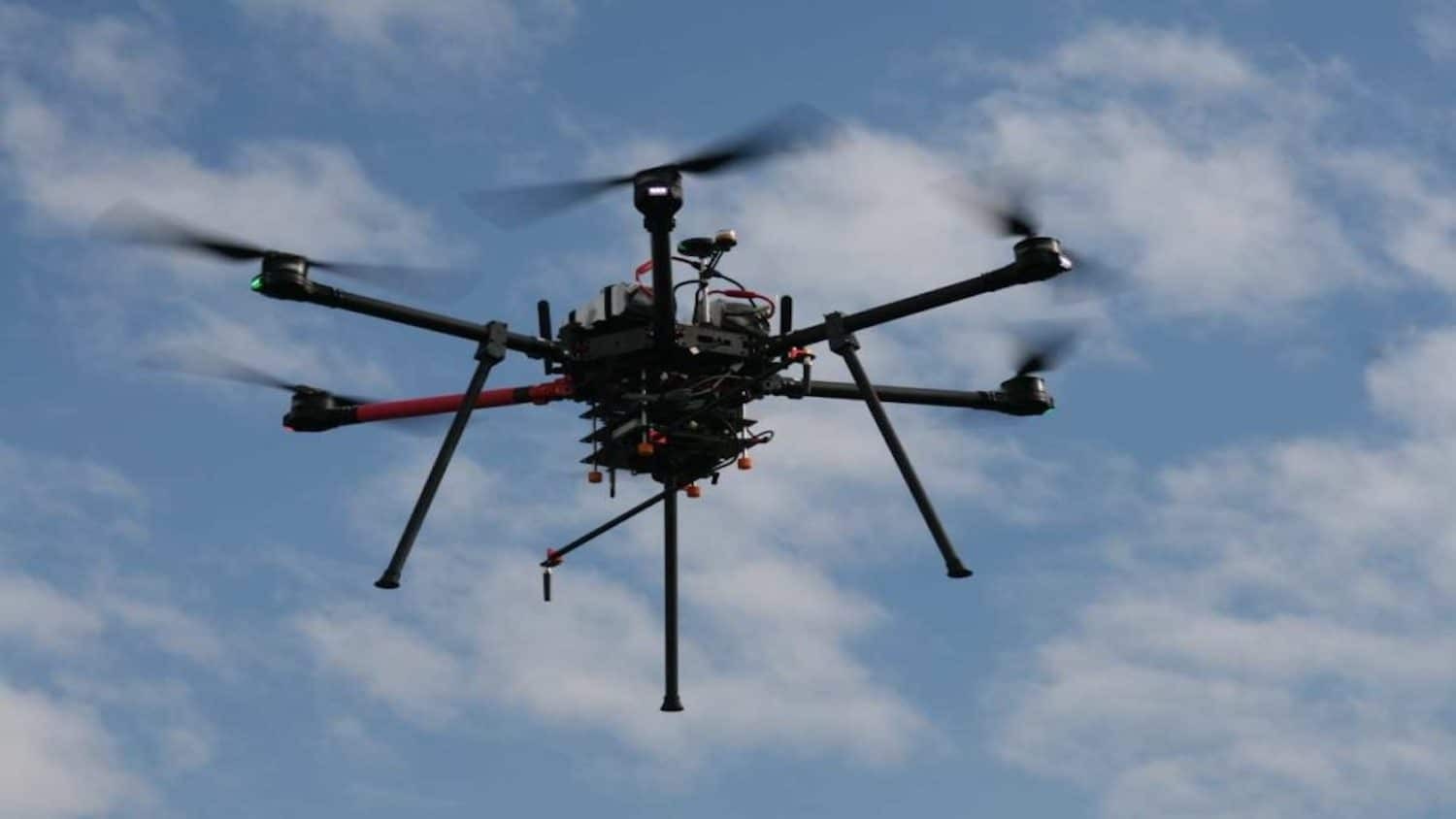
PAWR Program Announces Launch of AERPAW Testbed for Advanced Research on Wireless Connectivity and Unmanned Aerial Vehicles
The Platforms for Advanced Wireless Research (PAWR) Project Office announces general availability of the AERPAW wireless testbed for network communications and unmanned aerial systems (UAS) research.
November 9, 2021 ![]() Staff
Staff
WASHINGTON – November 9, 2021 – The Platforms for Advanced Wireless Research (PAWR) Project Office announces general availability of the AERPAW wireless testbed for network communications and unmanned aerial systems (UAS) research. Located in Raleigh, North Carolina, the AERPAW – or Aerial Experimentation and Research Platform for Advanced Wireless – testbed is designed to accelerate the integration of UAS into the national airspace and enable research into advanced wireless technologies supporting dynamic, mobile, and airborne networks.
In phase one of operations, the AERPAW testbed includes two fixed network nodes on Centennial Campus at North Carolina State University, and one tower with a fixed node deployed at Lake Wheeler Field Laboratory, an agricultural site owned by the university. These fixed nodes combine with two aerial-mounted nodes on custom multicopter drones, and one portable node attached to a ground-based rover. All nodes feature software defined radios that can be configured to create different types of network environments using a variety of open source software stacks.
Initially, AERPAW is supporting UAS experiments that allow researchers to collect signal measurement data with a single drone flying a path pre-programmed by the researcher. Factoring in the variables of speed, direction, and location in space, this data collection will provide valuable insights into radio performance and opportunities for network optimization. Future experiments supported will include dynamic on-the-fly vehicle control ability, new network nodes being built out across the testbed footprint, and the integration of commercial radio hardware and software alongside open source network components.
“The AERPAW platform uniquely combines programmable wireless networking with custom drones to enable research into both airspace operations and wireless connectivity through 4G, 5G, and beyond,” said Ismail Guvenc, AERPAW Principal Investigator, and engineering professor at NC State. “Given significant public and private sector interest, we’re excited to see where the first experiments lead, and what early insights may emerge from the research community.”
“The PAWR program set in motion the development of four wireless testbeds to be used as shared national infrastructure assets,” said Gurdip Singh, Division Director for Computer and Network Systems at the National Science Foundation. “AERPAW marks the third platform to reach general availability, and the first with a direct focus on application-level research through its use of unmanned aerial vehicles. We couldn’t be more pleased to recognize the progress made by the AERPAW team and to welcome researchers to the North Carolina platform.”
AERPAW is the result of a multi-institution partnership led by NC State with Wireless Research Center of North Carolina, Renaissance Computing Institute, Mississippi State University, University of South Carolina, Purdue University, Town of Cary, City of Raleigh, North Carolina Department of Transportation, and many other academic, industry, and municipal partners.
“This is only the beginning for AERPAW,” said Marc Hoit, Vice Chancellor for Information Technology at NC State. “We’re excited to bring experimenters to the platform, and we look forward to expanding the capabilities of the testbed to enable even greater academic and industry innovation across wireless and unmanned aerial systems.”
The PAWR program is funded by the U.S. National Science Foundation (NSF) and an industry consortium of 35 leading wireless companies. It is managed by the PAWR Project Office, which is co-led by nonprofit US Ignite and Northeastern University. In addition to AERPAW, platforms in the PAWR program include: POWDER in Salt Lake City, Utah; COSMOS in New York City; and ARA, a newly-named rural broadband testbed in Ames, Iowa. The PAWR program also features other resources and facilities including Colosseum, the world’s largest radiofrequency emulator, and OpenAirX-Labs (OAX), a neutral lab environment for the development and testing of a benchmark, open source 5G software stack.
For more information on the PAWR program, visit www.advancedwireless.org. To view footage of a demo drone experiment on the AERPAW platform, visit the AERPAW Project Updates page.
###
About the PAWR Project Office (PPO)
The Platforms for Advanced Wireless Research Project Office (PPO) manages the $100 million public-private partnership and oversees the research platforms. The PPO is co-led by US Ignite and Northeastern University, and funded by the U.S. National Science Foundation and a PAWR industry consortium. The PPO collaborates closely with the wireless research community, local communities, and industry, in part through the industry consortium, in the design, development, deployment, and initial operations of the research platforms.
